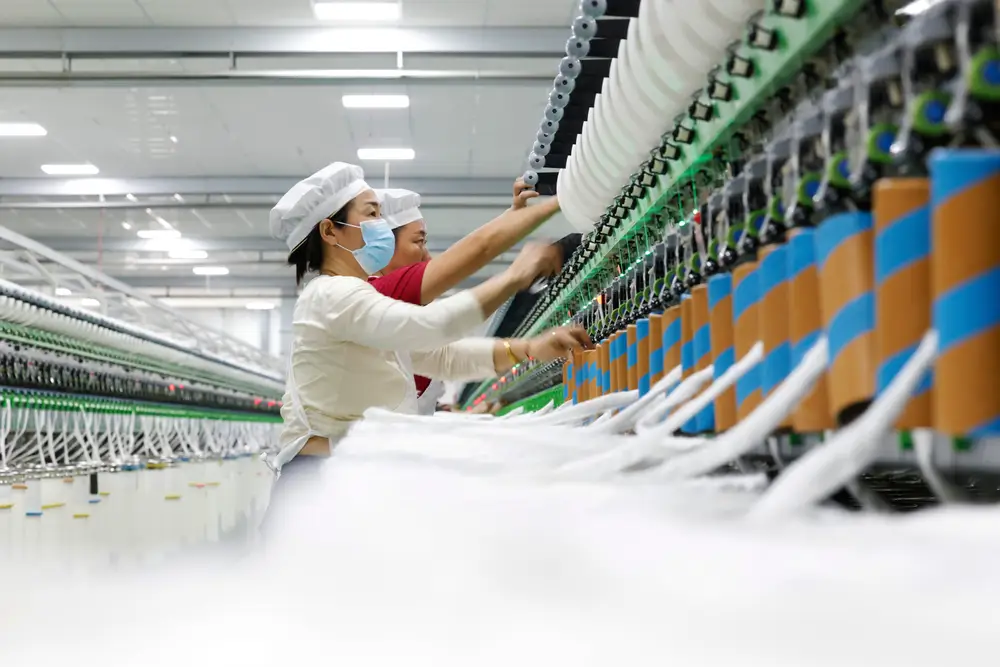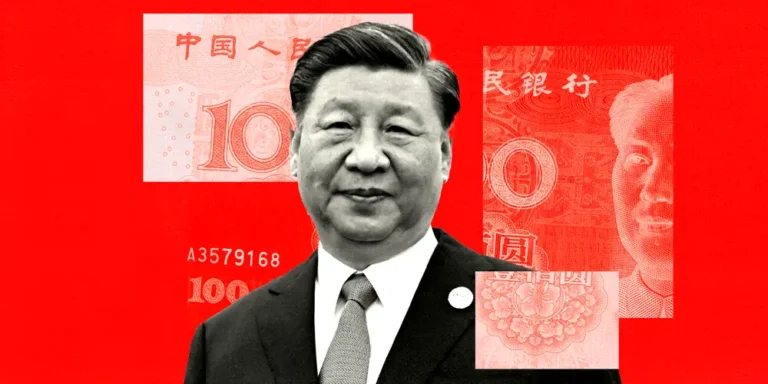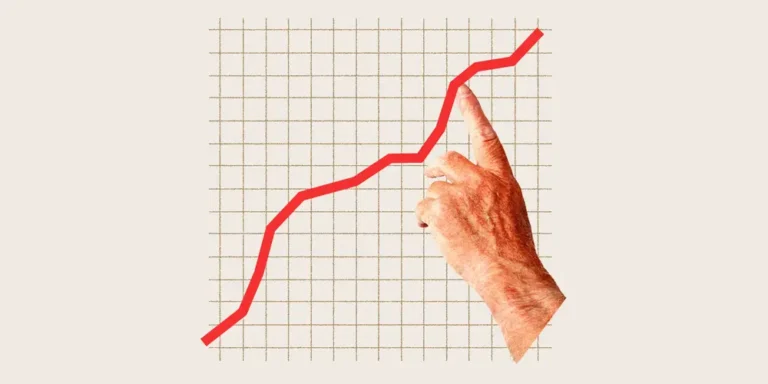Global manufacturing is poised for a temporary boom ahead of possible Trump tariffs

Chinese manufacturers could be hit with 60% tariffs under President-elect Donald Trump.
US President-elect Donald Trump may be good for China’s export business — at least temporarily.
Trump, who won the presidential election, has pledged to impose sweeping tariffs of 10% to 20% on imports to the US. He has threatened a 60% tariff on imports from China.
His tariff threats are causing jitters around the world. With Trump set to take office on January 20, factories globally may be working overtime to ship out as much as they can before any potential tariffs kick in, economists say.
“There could be real front-loading of activity ahead of the enacting of tariffs,” said Joe Lupton, a senior global economist at JPMorgan, on a podcast over the weekend.
“Just as businesses try to get ahead of that, you could actually see a little bit of pop in global manufacturing, China manufacturing, as we head into the first quarter,” he added.
The demand for imports, including those from China, could also come from the US itself.
“Trump’s return could create a short-term boost to Chinese exports as US importers increase their purchases to get ahead of the tariffs,” wrote Zichun Huang, a China economist at Capital Economics, in a Thursday note.
Some of the front-loading may already be taking place.
Exports from China grew 12.7% in October from a year ago — their fastest pace in two years and far higher than their 2.4% rise in September, according to official data. Several major ports in China faced delays in September due to a major typhoon and the backlog spilled in October.
Exports could dip with focus on trade deficits
Any a temporary boost in trade would just be that: temporary.
Asian export growth could still dip into the negative zone in the second half of next year amid Trump’s focus on reducing US bilateral trade deficits, wrote economists at Nomura in a Friday note.
Six of the top 10 countries that run deficits with the US are Asian countries, including China, Vietnam, Japan, South Korea, and India.
“Higher US tariffs on Chinese exports could re-direct those exports into Asia, hurting local production,” wrote the Nomura economists.
“More tit-for-tat trade retaliation, trade policy uncertainty and delayed policy easing in some Asian economies will also likely spill into domestic demand,” they added.






